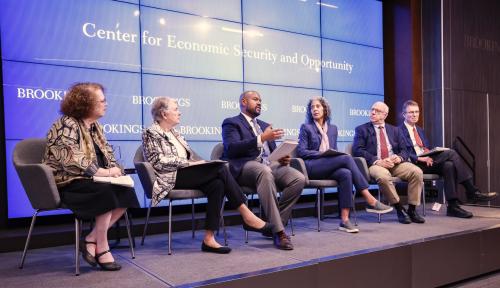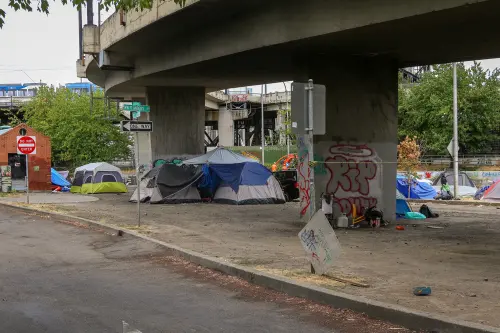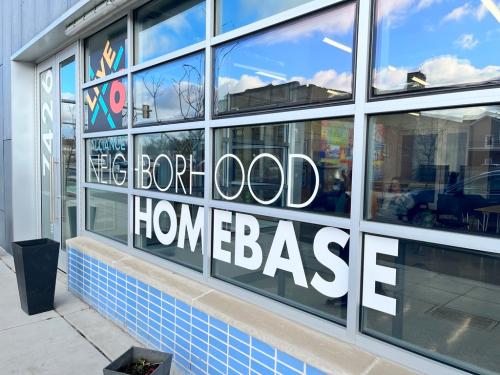Statistics on Internet adoption are clear: Among the entire U.S. population, low-income households are the least likely to subscribe. With job postings, continuing education, and the best shopping deals all now online, lacking an Internet connection becomes a significant barrier to professional and personal opportunity.
To help address this inequity, the Federal Communication Commission (FCC) has a program—called Lifeline—specifically targeting telecommunications service for low-income persons. Unfortunately, the program is stuck in the 1980s and continues to only subsidize voice service, ignoring broadband entirely. Fortunately, FCC Commissioner Mignon Clyburn has taken on the challenge of advocating the transition of the existing program to the broadband era.
At a recent speech, Clyburn underscored the many ways broadband is now essential for participating in the economic and civic life of a community. To bring those benefits to those most in need, she outlined a framework for changing the program, established in 1985, along the following five principles:
We must get the most bang for our universal service buck. The current program does not incentivize providers to offer better or diverse services. The program should capitalize on the market forces that are creating improved value for other consumers.
Service providers should no longer be responsible for determining customer eligibility. Lifeline is the only federal benefits program where the providers determine eligibility. Changing that construct is necessary to ensure the future integrity of the program, reduce privacy concerns of consumers, increase competitive choice, and decrease administrative burdens on the providers.
We should encourage broader participation through a streamlined approval process. We should eliminate any unnecessary barriers that discourage provider participation with sufficient levels of oversight to guard against waste, fraud, and abuse.
We should leverage efficiencies from existing programs and institute a coordinated enrollment. Other federal benefit programs, serving the same constituency, are using technology to improve service, reduce fraud, and gain efficiencies. There is no need for the FCC to reinvent the wheel.
We need public-private partnerships and coordinated outreach efforts. The broadband adoption challenge is about more than affordability. Consumers still need devices and may require digital literacy training. The FCC should work with others, like libraries, to address the challenge.
Remarkably, in a town driven by divides, immediate respondents had universal support for these reform principles. That kind of response suggests we may be one step closer to the day where everyone can afford broadband service.
Levin oversaw the development of a National Broadband Plan at the FCC from 2009 until 2010
and was FCC chief of staff from 1993 to 1997.



Commentary
Bringing Lifeline into the Broadband World
December 5, 2014